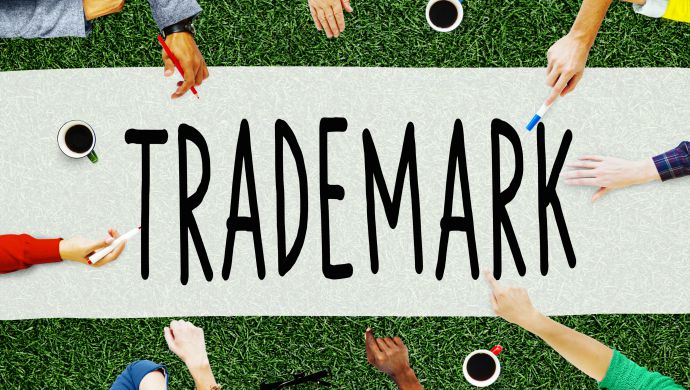Strong vs. Weak Marks
Once you decide your mark is registerable, you should also consider the difficulty of protecting your mark based on the strength of the mark selected.
Strong Marks
A mark is generally strong if it's not confusingly similar to somone else's mark. Clearly, if someone else is using a mark similar to your desired mark, and specially in the same market, then you won't have a good case for obtaining protections of your own.
"Fanciful or arbitrary" marks offer the greatest chance of protection. These are marks that either have no known meaning or are used in an unconventional way. For example, Xerox is a made-up word and Apple (for computers) is not used in the typical "fruity" way. Therefore, both these words are used as strong marks.
Although not as strong as fanciful or arbitrary marks, "suggestive marks" are also considered strong. These are marks that suggest, but do not describe, qualities or a connection to the goods or services. An example is "Microsoft" which suggests software-related services. If you do not wish to use a fanciful or arbitrary mark, a suggestive mark is your next best bet.
Weak Marks
A mark is on the weaker side if it's too similar to an already existing mark and can cause a "Likelihood of Confusion". Additionally, "descriptive" marks, such as "Best Clothing Store" or "Santa Monica's No. 1 Mechanic Shop" are generally very difficult to get registered. If the USPTO determines that a mark is “merely descriptive,” then it is not registrable or protectable unless it acquires distinctiveness, typically achieved through extensive use in commerce over a five-year period or longer. Descriptive marks are considered “weak” until they have acquired distinctiveness.
The weakest category of marks is a "generic" mark. For example, "Cocktails" for a bar, or "Subs" for a sandwich shop. This category could also include trademarks that eventually became generic because of long-term widespread, nontrademark use. For example, "escalator" for moving stairs.
It’s important to note that the USPTO only registers marks. You, as the mark owner, are solely responsible for enforcement. An experienced attorney can help with continued monitoring of your mark against potential violations.








